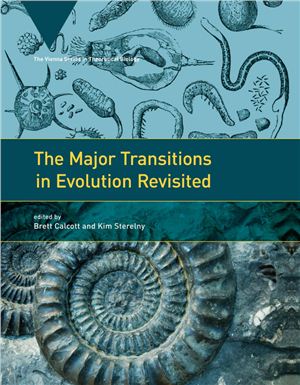Massachusetts Institute of Technology Press, 2011, 319 pages
In 1995, John Maynard Smith and Ers Szathmry published their influential book The Major Transitions in Evolution. The "transitions" that Maynard Smith and Szathmry chose to describe all constituted major changes in the kinds of organisms that existed but, most important, these events also transformed the evolutionary process itself. The evolution of new levels of biological organization, such as chromosomes, cells, multicelled organisms, and complex social groups radically changed the kinds of individuals natural selection could act upon. Many of these events also produced revolutionary changes in the process of inheritance, by expanding the range and fidelity of transmission, establishing new inheritance channels, and developing more open-ended sources of variation.
Maynard Smith and Szathmry had planned a major revision of their work, but the death of Maynard Smith in 2004 prevented this. In this volume, prominent scholars (including Szathmry himself) reconsider and extend the earlier book's themes in light of recent developments in evolutionary biology. The contributors discuss different frameworks for understanding macroevolution, prokaryote evolution (the study of which has been aided by developments in molecular biology), and the complex evolution of multicellularity.
In 1995, John Maynard Smith and Ers Szathmry published their influential book The Major Transitions in Evolution. The "transitions" that Maynard Smith and Szathmry chose to describe all constituted major changes in the kinds of organisms that existed but, most important, these events also transformed the evolutionary process itself. The evolution of new levels of biological organization, such as chromosomes, cells, multicelled organisms, and complex social groups radically changed the kinds of individuals natural selection could act upon. Many of these events also produced revolutionary changes in the process of inheritance, by expanding the range and fidelity of transmission, establishing new inheritance channels, and developing more open-ended sources of variation.
Maynard Smith and Szathmry had planned a major revision of their work, but the death of Maynard Smith in 2004 prevented this. In this volume, prominent scholars (including Szathmry himself) reconsider and extend the earlier book's themes in light of recent developments in evolutionary biology. The contributors discuss different frameworks for understanding macroevolution, prokaryote evolution (the study of which has been aided by developments in molecular biology), and the complex evolution of multicellularity.

